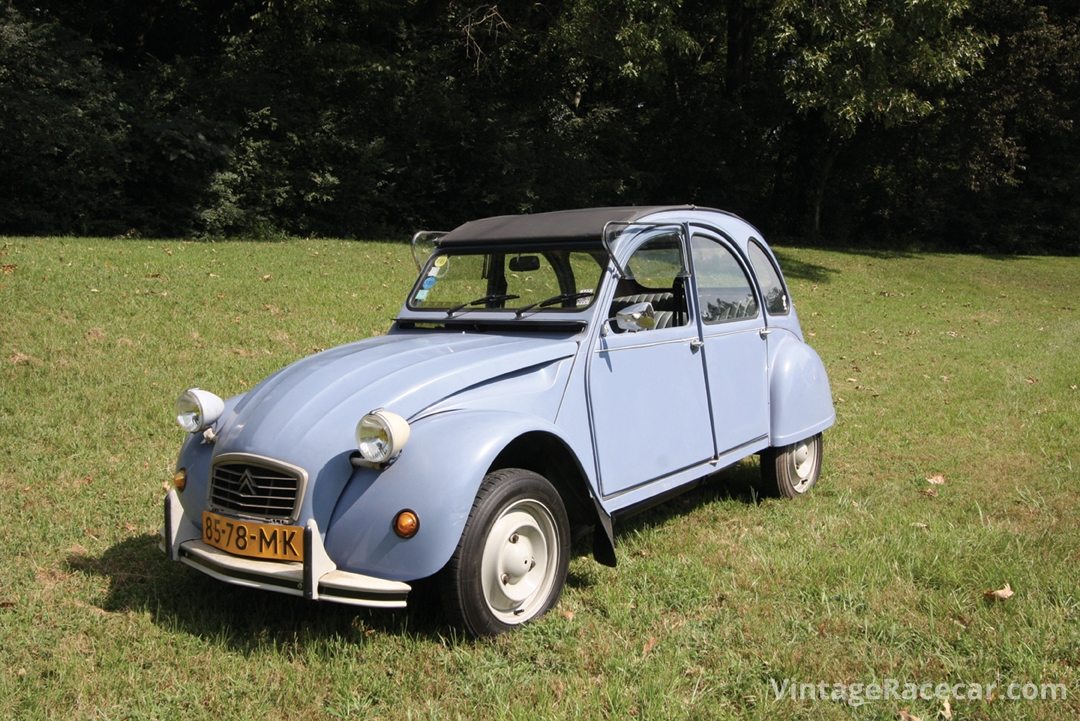In convoy with a Ferrari 365 GT 2+2, no one seemed to notice the intensely red Ferrari. Instead, fingers pointed and all heads followed the little blue Citroën 2CV, or “Duex Chevaux” as it is popularly known. This “Tout Petite Voiture,” TPV or “very small car,” came to be because of the post-WWII financial difficulties at Voisin. André Lefèbvre had an idea for a dramatically new car, but Gabriel Voisin was not in a position to build it, so he encouraged Lefèbvre to take his idea to one of the other French manufacturers. Lefèbvre first went to Renault, but they weren’t interested. Citroën was interested, and the result was the Traction Avant.
Financial troubles at Citroën resulted in the company being acquired by Michelin in 1934. Pierre Michelin commissioned a market study to determine what the auto manufacturer might do differently to regain profitability. The study noted that many in France, especially the rural poor, were not able to afford automobiles. The results of the study caused work to begin on an economy car, an “umbrella with four wheels.” There were a number of design requirements for interior space, ruggedness, economy and power, but the most often repeated requirement was that the car must be able to carry a basket of eggs across a ploughed field without breaking any of the eggs. The design team was the same one that created the Traction Avant, and Lefèbvre was its leader.
No Subscription? You’re missing out
Get immediate ad-free access to all our premium content.
Get Started



